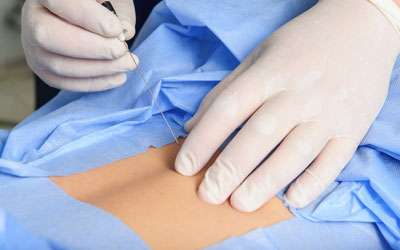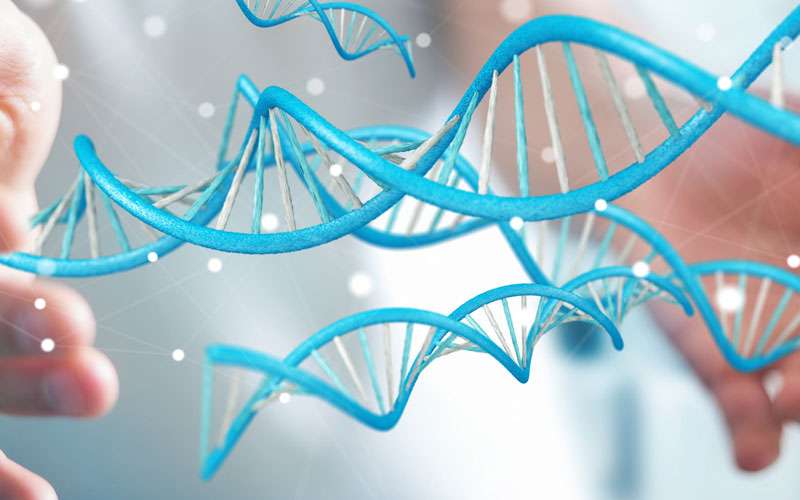Platelet Rich Plasma (PRP) Injections
What is PRP injections?
In recent years there have been rapid developments in the use of growth factors for accelerated healing of injury. PRP therapy offers a promising solution to accelerate healing of tendon injuries naturally without subjecting the patient to significant risk.
Blood is made of red blood cells, white blood cells, plasma, and platelets. Platelets were initially known to be responsible for blood clotting. However, they are now known to release growth factors, which promotes the healing processes.
Growth factors are released from the platelets which are found in the blood stream and influence the biological processes necessary for repair of soft tissues such as tendon or ligament following acute traumatic or overuse injury.
Initially, autologous (originating from the patient) whole blood was injected to promote healing in damaged tissues. However, PRP injections provide a much higher concentration of growth factors which are required within the body to promote tissue healing. PRP is a blood plasma with concentrated platelets. The concentrated platelets found in the PRP contain huge reservoirs of bioactive proteins, including growth factors that are vital to initiate and accelerate tissue repair and regeneration.
These bioactive proteins initiate connective tissue healing and repair, promote development of new blood vessels and stimulate the wound healing process
Which patient benefit from PRP injections?
If you have a tendon or ligament injury which has failed to respond to traditional conservative treatments, the PRP therapy may be the solution. The procedure is certainly safer, less aggressive, and less expensive than surgery. It should aid tissue healing with minimal or no scarring and alleviates further degeneration of the tissues.
Common conditions suitable for PRP injections
- Tennis elbow • Rotator cuff tears
- Achilles tendonitis • Golfer’s elbow
- Plantar fasciitis • Knee tendonitis
- Osteoarthritis
How does this differ from a steroid injection?
Studies have shown that steroid injections may actually weaken tissue. Steroid injections may provide a quick fix for temporary relief and lessening of inflammation but can potentially produce a tissue weakening effect. Consequently, they do not generally provide long-term healing.
How is this procedure performed?
All procedures are performed under image guidance either X-rays or ultrasound to ensure accurate placement of the active components.
About 10ml sample of blood is withdrawn from the patient’s arm. The blood is then placed in a centrifuge that spins the blood for approximately 5 minutes. This step removes the unwanted components that are not primarily responsible for healing. Once separated, the PRP which contains platelet cells and growth factors is then ready to be injected back into the patient at the site of the chronic injury under image guidance.
Depending on the condition, a series of 1-3 injections may be required, separated by approximately 6-8 weeks.
What happens after the injection?
The patient is then monitored in the recovery room for pproximately 20mins and then discharged home. Increased pain at the site of injury may result for 48 – 72 hours post injection. Rest of the affected tissue during this time is recommended. Non-steroidal anti-inflammatory drugs (e.g. ibuprofen, diclofenac etc) are best avoided in the first 10 days following the injection. Simple pain killers, rest, and ice can be used for post-injection pain.
After 7 – 10 days patients can gently recommence their rehabilitation programme; this is thought to be essential to assist with tissue healing.
How many treatments and how often is the therapy required?
While responses to treatment vary most people will require 1 – 3 injections. Each set of treatments is spaced approximately four to six weeks apart. There is no limit to the number of treatments you can have. The risks and side effects do not change with the number of injections.
When should I make a follow up appointment?
Follow-up is usually 2 weeks post injection to ensure there isn’t any intermediate post procedure complications. The maximal effect is expected in 6 – 8 weeks, at that time we will determine if a second injection is required.


